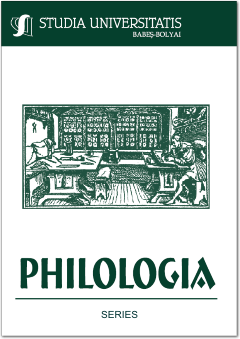BECOMING LOVABLE – HOW WAS THE WORLD-FAMOUS IBSEN RECEIVED IN HUNGARY IN THE 19TH CENTURY?
BECOMING LOVABLE – HOW WAS THE WORLD-FAMOUS IBSEN RECEIVED IN HUNGARY IN THE 19TH CENTURY?
Author(s): Veronka Örsike AsztalosSubject(s): Language and Literature Studies, Studies of Literature, Other Language Literature
Published by: Studia Universitatis Babes-Bolyai
Keywords: Hungarian stereotypes; Ibsenism; ambivalence; marriage; divorce; Ibsen’s visit; The North; reception;
Summary/Abstract: Becoming lovable – how was the world-famous Ibsen received in Hungary in the 19th century? This study aims to show the controversies encountered in the early period of Henrik Ibsen’s Hungarian reception (up till 1895). The Norwegian author and his dramas are deeply rooted in the local cultures, and, we can also gain insight into glocal literary modernities by examining local disputes about Ibsen. The global success of “The Doll’s House” was divisive in the late 19th century, and the performance, in general, triggered ambivalent responses from the audiences: while some critics and viewers greeted it as a world-famous, modern work exploring contemporary social issues, others viewed it as an immoral drama that would have a harmful influence on society. The play triggered a major debate on the role of the women in Hungarian society and their emancipation.
Journal: Studia Universitatis Babes-Bolyai - Philologia
- Issue Year: 65/2020
- Issue No: 3
- Page Range: 199-210
- Page Count: 12
- Language: English

